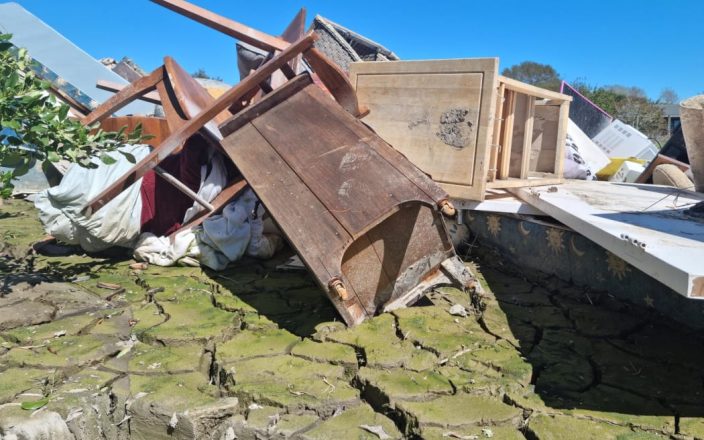조류독감이 동물에서 사람에게 전염될 가능성이 있는 최초의 사례가 뉴질랜드에서 우려되고 있습니다.과학자들은 H5N1 조류 독감의 확산과 진화에 대해 우려하고 있습니다. H5N1 조류 독감은 지난 4년 동안 수백만 마리의 가금류를 죽였고 20여 개국에서 발견되었습니다.미국에서 처음으로 야생 조류에서 소로 옮겨온 이 바이러스는 이제 소에서 낙농장 노동자에게 퍼진 것으로 추정됩니다.이런 종류의 의심 사례는 이번이 처음입니다.
세계보건기구 (WHO) 는 현재 인체에 대한 위험을 낮게 보고 있지만, 수석 과학자는 바이러스가 결국 진화하여 사람 간에 퍼질 수 있다는 우려를 표명했습니다.아직 이런 일이 발생했다는 증거는 없지만 조류로부터 바이러스에 감염된 것으로 알려진 수백 명의 사람들 중 50% 이상이 사망했습니다.
뉴질랜드에서는 공무원들이 국가 비상 계획을 준비하고 있습니다.오타고 대학교의 마이클 베이커 (Michael Baker) 교수는 인플루엔자가 전 세계 유행병의 “가장 큰 위협”이라고 말했습니다.그는 H5N1 균주가 오랫동안 존재해 왔으며 지금까지 기록된 동물 질병 중 가장 큰 질병 중 하나를 일으켰다고 말했습니다.
베이커는 뉴질랜드가 지난 몇 년간 유행하는 인간 독감에 효과적으로 대처하는 방법에 대해 많은 것을 배웠다고 확신합니다.그는 백신이 비교적 빨리 개발될 수 있다고 말했습니다. 미국은 이미 농장 일꾼에게서 발견된 것과 비슷한 변종을 대상으로 한 천만 회 분량의 백신을 비축했습니다.
하지만 미국의 전염병 연구자인 리처드 웨비 박사는 전 세계가 다시 방심할 수 있다는 우려를 표명했습니다.그는 전 세계적 문제인 팬데믹에 대비하기 위한 자원이 충분하지 않다고 말했습니다.그는 또한 전 세계 공중 보건 기관이 모든 곳에서 바이러스를 진단할 수 있는 능력이 부족하다는 점을 지적했습니다.
뉴질랜드 낙농업의 경우 현재 위험은 낮은 것으로 간주됩니다.웨비 박사는 미국의 감염 사례는 25년 동안 이 바이러스를 추적한 지 25년이 넘도록 소에게서 처음 나타났다고 말했습니다.






























































